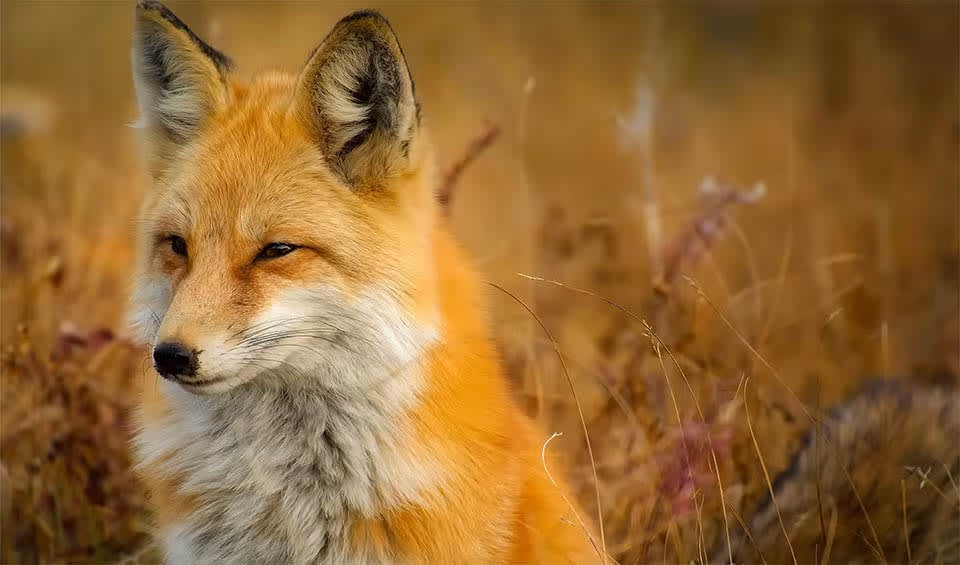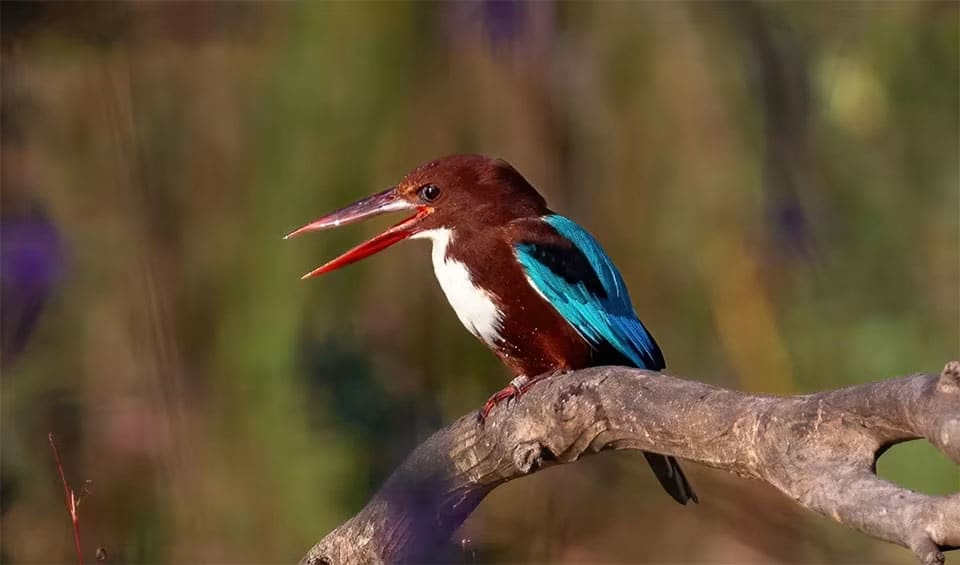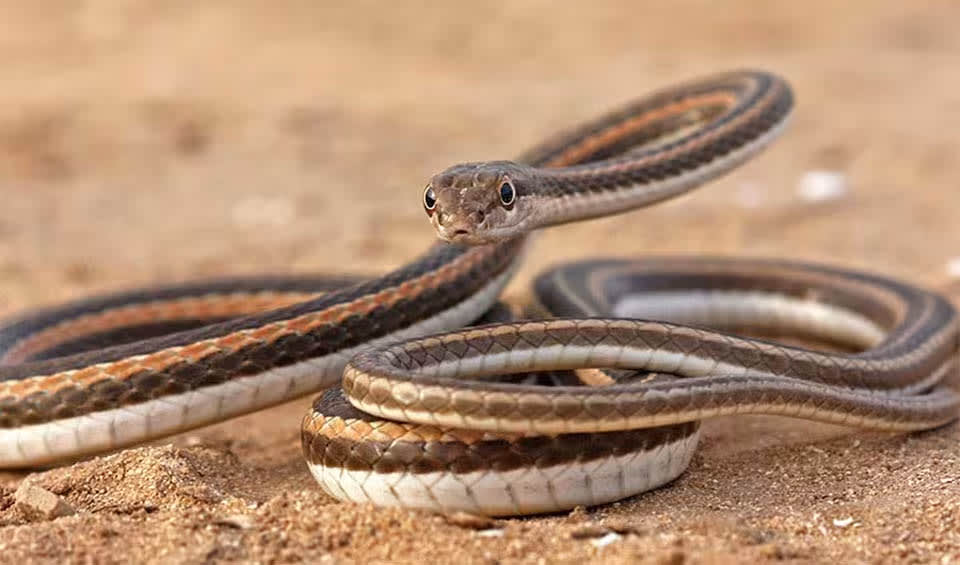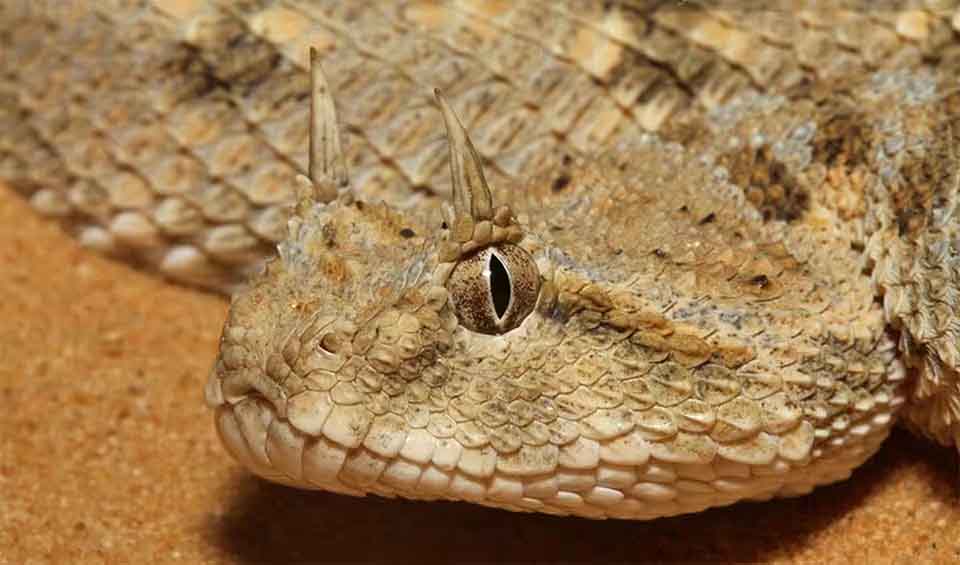Qatar is a small peninsula in the Middle East, extending into the Persian Gulf from the Arabian Peninsula. It shares a land border with Saudi Arabia and is close to Bahrain, the United Arab Emirates, and Iran. Covering 11,571 km² (4,468 mi²), Qatar’s landscape is predominantly flat desert, with its highest point, Qurayn Abu al Bawl, at 103 meters (338 feet) above sea level. The climate is arid, featuring mild, pleasant winters and very hot, humid summers. The terrain is mostly barren desert with loose sand and gravel, coastal salt pans, limestone formations along the west coast, and massive sand dunes near Khawr al Udayd, also known as the Inland Sea.
Despite its hyper-arid environment, Qatar supports diverse ecosystems, including marine environments, salt marshes, mangrove forests, arid lands with dune communities, wetlands, and Rawdahs with Ghaf tree communities. These habitats sustain about 1,900 documented wild species, including various mammals, birds, reptiles, amphibians, and invertebrates.
Four pillars elaborated:
Qatar has designated 5 protected areas on land, covering about 18% of its total land area, and 3 marine protected areas, which include almost all habitat types. These protected areas are essential for safeguarding biodiversity and promoting sustainable development. Qatar has also initiated captive breeding programs for endangered species and has made significant progress in breeding techniques. Land Management
Land Management
This progress opens the door for potential reintroductions, contributing to the conservation of valuable wildlife. The Al Reem Biosphere Reserve, established in 2007, is part of the World Network of Biosphere Reserves in the Arab States. This acknowledgment underscores Qatar’s dedication to environmental conservation and its involvement in global ecological efforts.
One of the primary threats to biodiversity in Qatar is habitat reduction, driven by rapid industrialization and urbanization, leading to the destruction of natural habitats and loss of biodiversity. Alongside habitat reduction, climate change poses a growing concern, impacting species distribution and abundance through rising temperatures, altered rainfall patterns, and sea-level rise. Threats to Biodiversity
Threats to Biodiversity
Pollution further exacerbates the situation, with pollutants from industrial emissions, untreated sewage, and chemical runoff disrupting ecosystems and harming species. Invasive species also pose a significant threat, outcompeting native species and disrupting ecological balance. Finally, overexploitation of natural resources, including overfishing, illegal hunting, and habitat destruction, further strains biodiversity in Qatar, depleting species populations and disrupting ecosystems.
The nation is strongly committed to meeting the 2010 Target by implementing measures outlined in the CBD and other biodiversity agreements, including CITES and CCD, to which Qatar is a signatory. Legislation has been put in place to address habitat protection and species conservation, tackling issues such as overgrazing, hunting, and wildlife trade. Specific initiatives are underway to safeguard endangered species like marine turtles and the mangroves along the east coast. Capacity and Governance
Capacity and Governance
Furthermore, efforts have been made to enhance institutional capacity for biodiversity management by strengthening the Supreme Council for Environment and Natural Reserves (SCENR), and fostering cross-sectoral collaboration towards biodiversity conservation objectives. Increasing public awareness and engagement in conservation activities is recognized as a key asset in achieving the 2010 Target.
The Qatar National Biodiversity Strategy and Action Plan (NBSAP) seeks to advance biodiversity conservation, sustainable resource utilization, and fair sharing of benefits. It is closely linked to sustainable development and the reduction of poverty. The NBSAP employs a dual approach, combining socio-economic advantages with the conservation of biodiversity and natural heritage. This ensures sustainability both environmentally and economically. Future Trends
Future Trends
The plan sets forth ambitious objectives, including enhancing understanding of Qatar’s biodiversity, safeguarding endangered species, and fostering sustainable resource management. Additionally, it strives to heighten public awareness and promote engagement in conservation endeavors.
Biodiversity
Qatar is home to a remarkable array of habitats that support a diverse wildlife population, ranging from lush mangroves to towering sand dunes and vibrant coral reefs. With approximately 1,900 documented wild species, including mammals, birds, reptiles, amphibians, and invertebrates, Qatar’s ecosystems are teeming with life.The country’s diverse habitats, such as mangroves, sabkha, sand dunes, rocky ecosystems, wadies, and runnels, contribute to its rich biodiversity, showcasing the interconnectedness of life. Particularly notable are Qatar’s marine habitats, hosting a wealth of species with 995 marine species identified. Among them are endangered species like the Hawksbill turtle, Leatherback turtle, and Dugong, underscoring Qatar’s dedication to conservation efforts.
In the table below are the number of known species in several main groups, how many of these species are Threatened with extinction, and how many of them are Endemic (unique to Qatar only):
| Species (World rank) |
Threatened | % Threatened | Endemic | % Endemic | |
|---|---|---|---|---|---|
| Mammals | 37 (#170) | 4 | 10.8% | ||
| Birds | 230 (#162) | 10 | 4.3% | ||
| Reptiles | 38 (#132) | 3 | 7.9% | ||
| Amphibians | 0 (#201) | ||||
| Fishes | 500 (#118) | 38 | 7.6% | ||
| Plants | 391 (#200) |
mammals
Striped hyena
The only hyena species outside of Africa that can go 15km (10 miles) for a meal
Red fox
Ladies and gentlemen, please welcome the world’s most widely distributed carnivore!
Lesser Egyptian jerboa
This ‘mini kangaroo’ leaps up to 3 m (9.8 ft) in a single jump, thanks to its incredibly large hind legs
birds
Eurasian sparrowhawk
Better call the ambulance before the Sparrowhawk comes to devour all those who are injured
Egyptian vulture
A highly intelligent species that is the world’s only tool-using vulture with a long migratory range
White-throated kingfisher
These birds are quite chatty, and their sounds are like a strong and determined rattling laugh
reptiles
Loggerhead sea turtle
One of the largest and strongest sea turtles in the world
Schokari sand racer
With lightning-fast speed and a keen sense of smell, this predator easily captures prey in the desert
Saharan horned viper
Despite its fearsome appearance, it is a shy and reclusive creature that would rather hide than confront a threat
National Animals
Arabian oryx
A desert icon, stands tall, thriving in the sand – truly born to be wild in their extreme habitat
Saker falcon
Their keen vision enables them to scan vast landscapes, identifying small movements or potential prey items even from high altitudes















